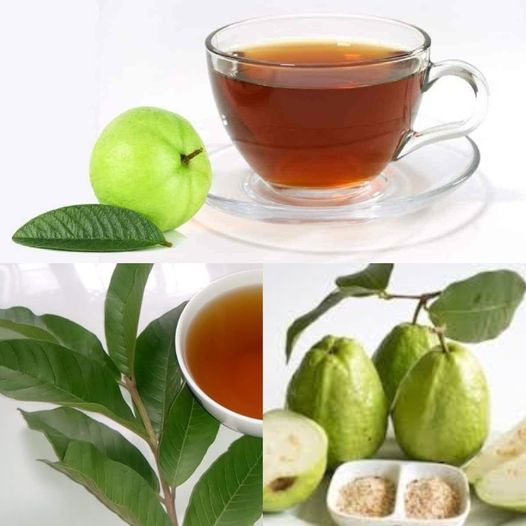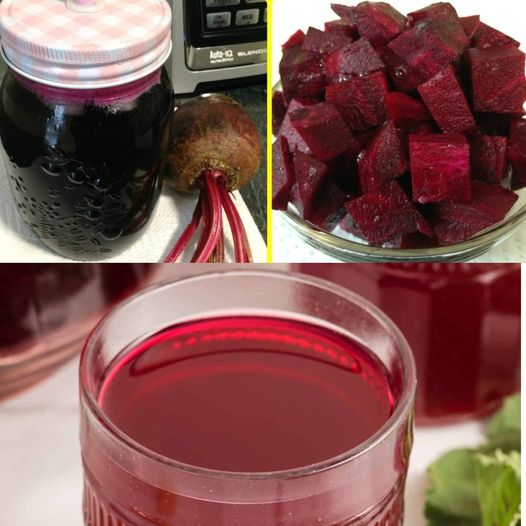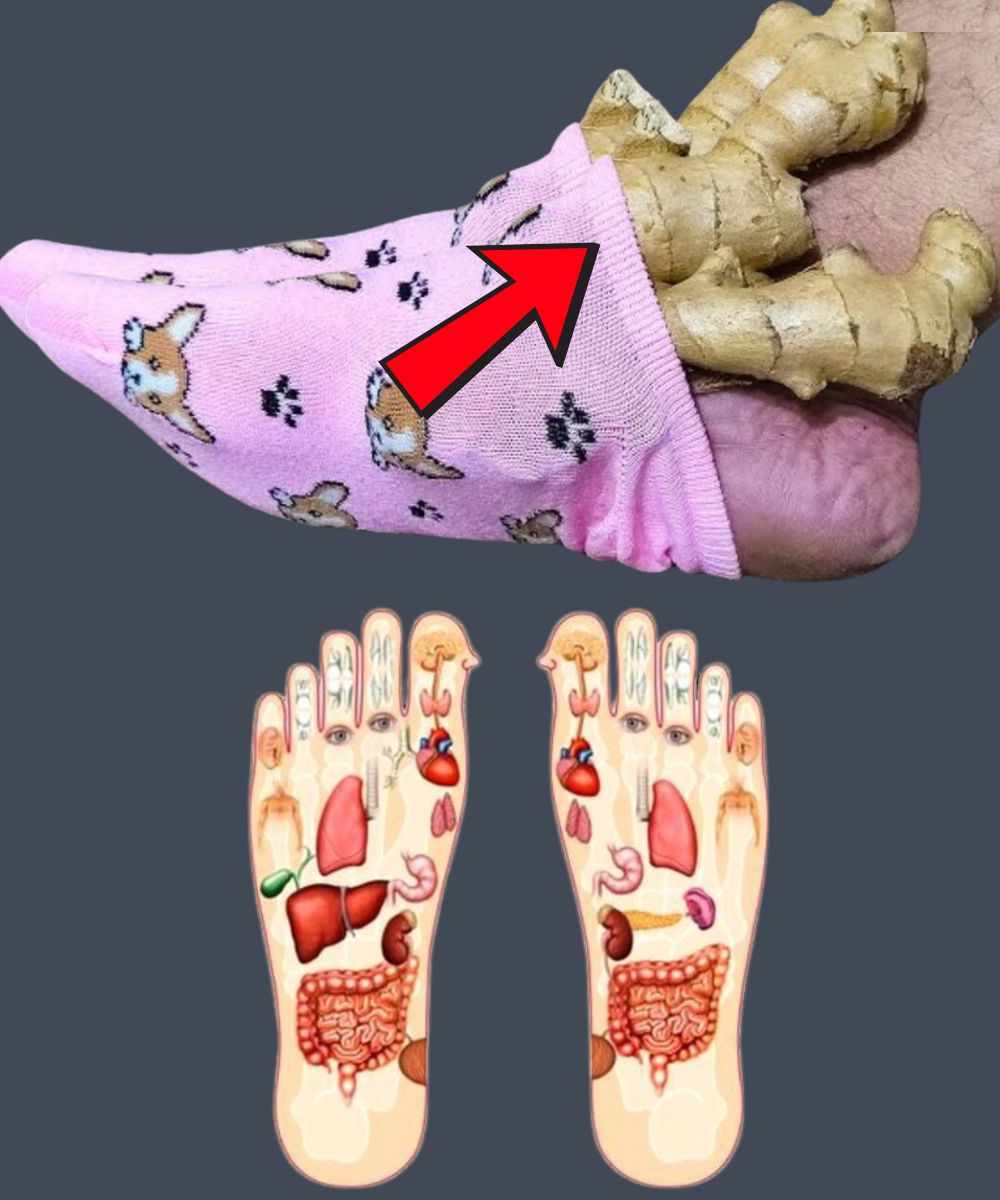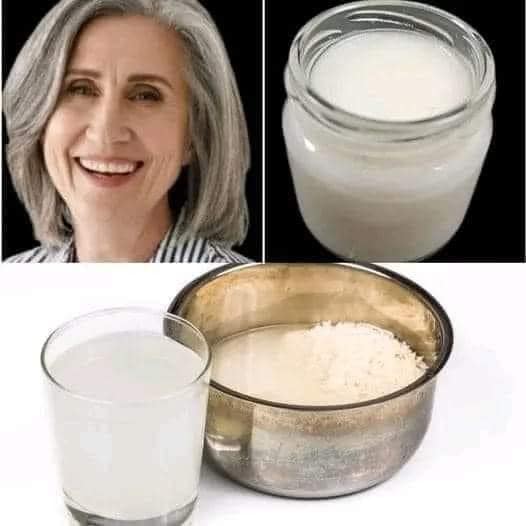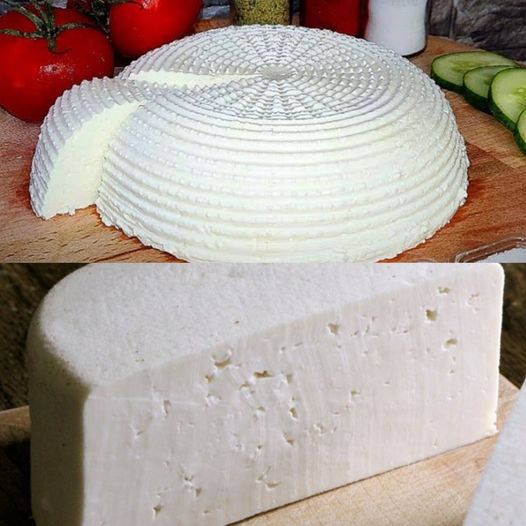
Ingredients:
- 1 liter (4 cups) of whole milk (preferably unpasteurized or minimally processed for better curdling)
- 2-3 tablespoons of lemon juice or white vinegar (as a natural acid for curdling)
- ½ teaspoon of salt (optional)
- 2-3 cups of water (for rinsing curds)
Equipment:
- Large pot
- Cheesecloth or a clean kitchen towel
- Strainer or colander
- A heavy object (for pressing)
Instructions:
- Heat the Milk:
- Pour the milk into a large pot and heat it over medium heat. Stir occasionally to prevent the milk from scorching at the bottom. Heat until the milk just starts to bubble around the edges but doesn’t come to a full boil (around 85-90°C or 185-194°F).
- Add the Acid:
- Once the milk is heated, turn off the heat. Slowly add the lemon juice or vinegar while gently stirring the milk. The milk will start curdling immediately. You’ll see curds (solid bits) separating from the whey (liquid).
- Let it sit for 10-15 minutes to fully curdle.
- Strain the Curds:
- Place a cheesecloth or clean kitchen towel over a strainer or colander, and pour the curdled milk through it to separate the curds from the whey.
- Let the curds drain for about 5-10 minutes. For softer cheese, you can stop here, but for firmer cheese, you’ll want to press the curds.
- Rinse (Optional):
- If you want to remove the acidic flavor from the curds, you can gently rinse the curds with cold water while they are still in the cheesecloth. This step is optional but can help neutralize any residual lemon or vinegar taste.
- Press the Cheese:
- Gather the cheesecloth into a bundle, gently squeezing out excess whey. Place the wrapped curds on a flat surface, and set a heavy object (like a pan or canned goods) on top to press the cheese.
- Press for 1-2 hours, depending on how firm you want the cheese to be.
- Season and Enjoy:
- After pressing, unwrap the cheese and sprinkle with salt if desired. Your homemade cheese is now ready to be eaten fresh, or you can refrigerate it for later use.
Tips:
- Milk quality: For best results, use whole milk that hasn’t been ultra-pasteurized. Fresher milk yields better cheese.
- Variations: You can flavor your cheese by adding herbs, spices, or garlic during the pressing stage.
- Whey: The leftover whey can be used in soups, smoothies, or as a liquid in baking.
Enjoy your homemade cheese—it’s fresh, simple, and free from rennet!

